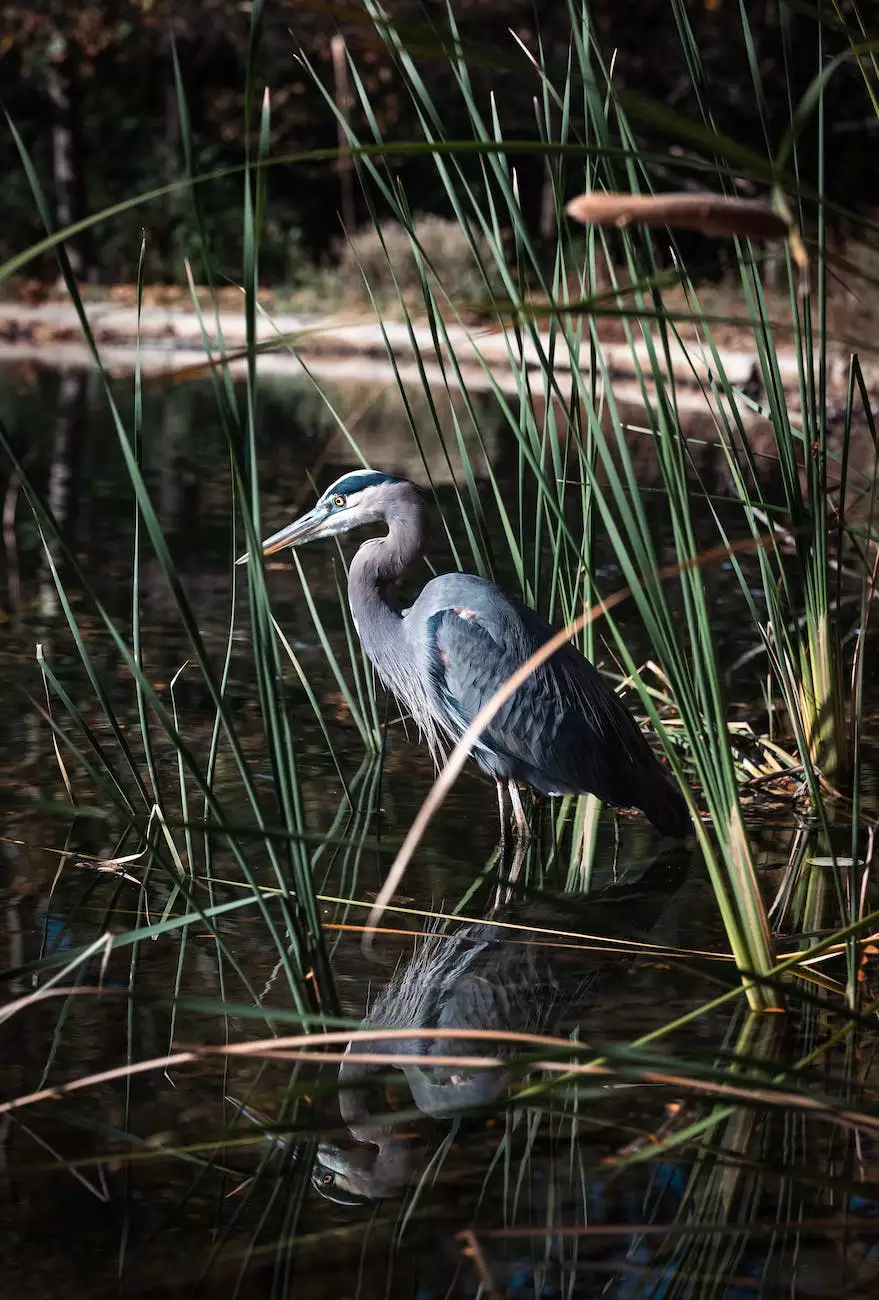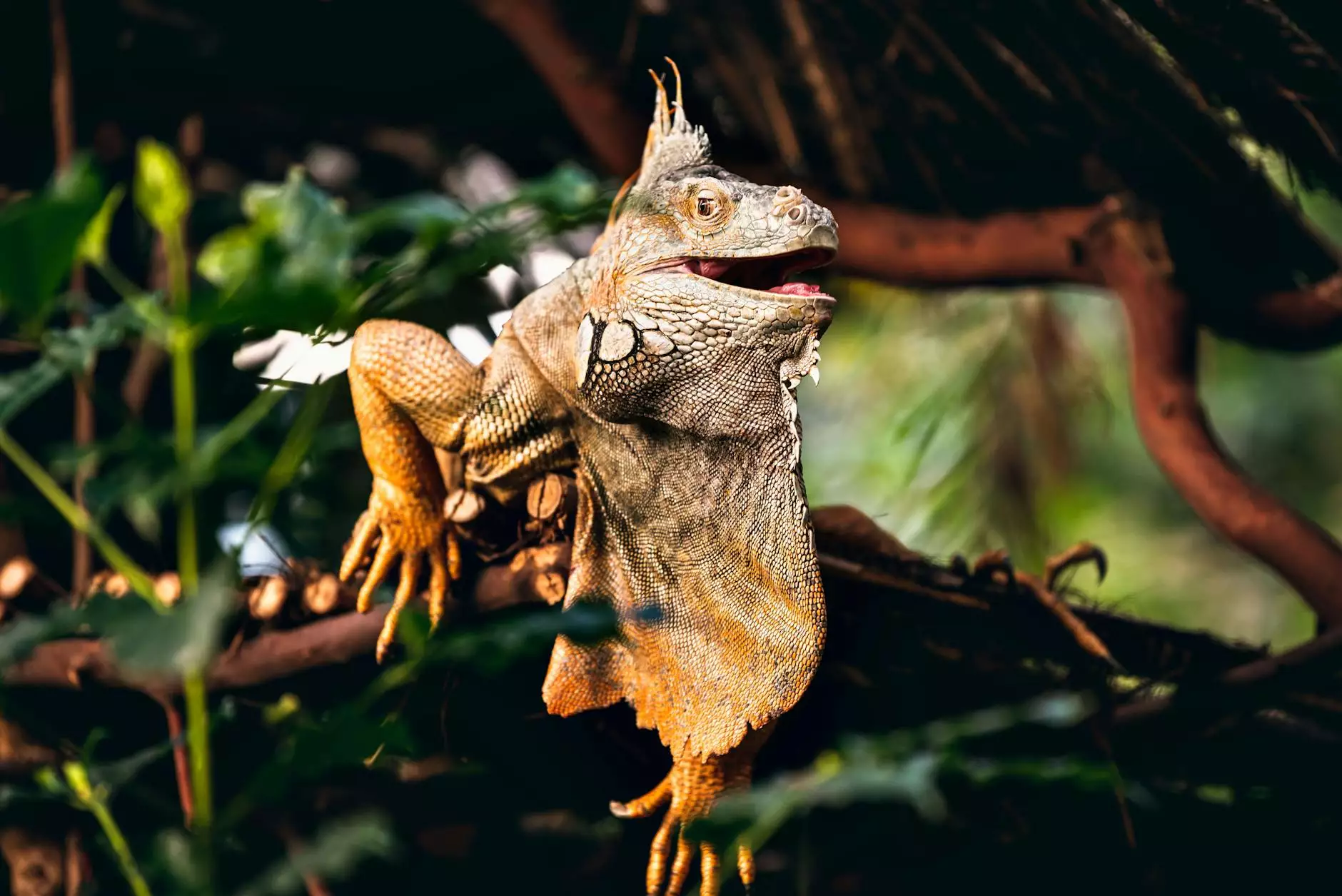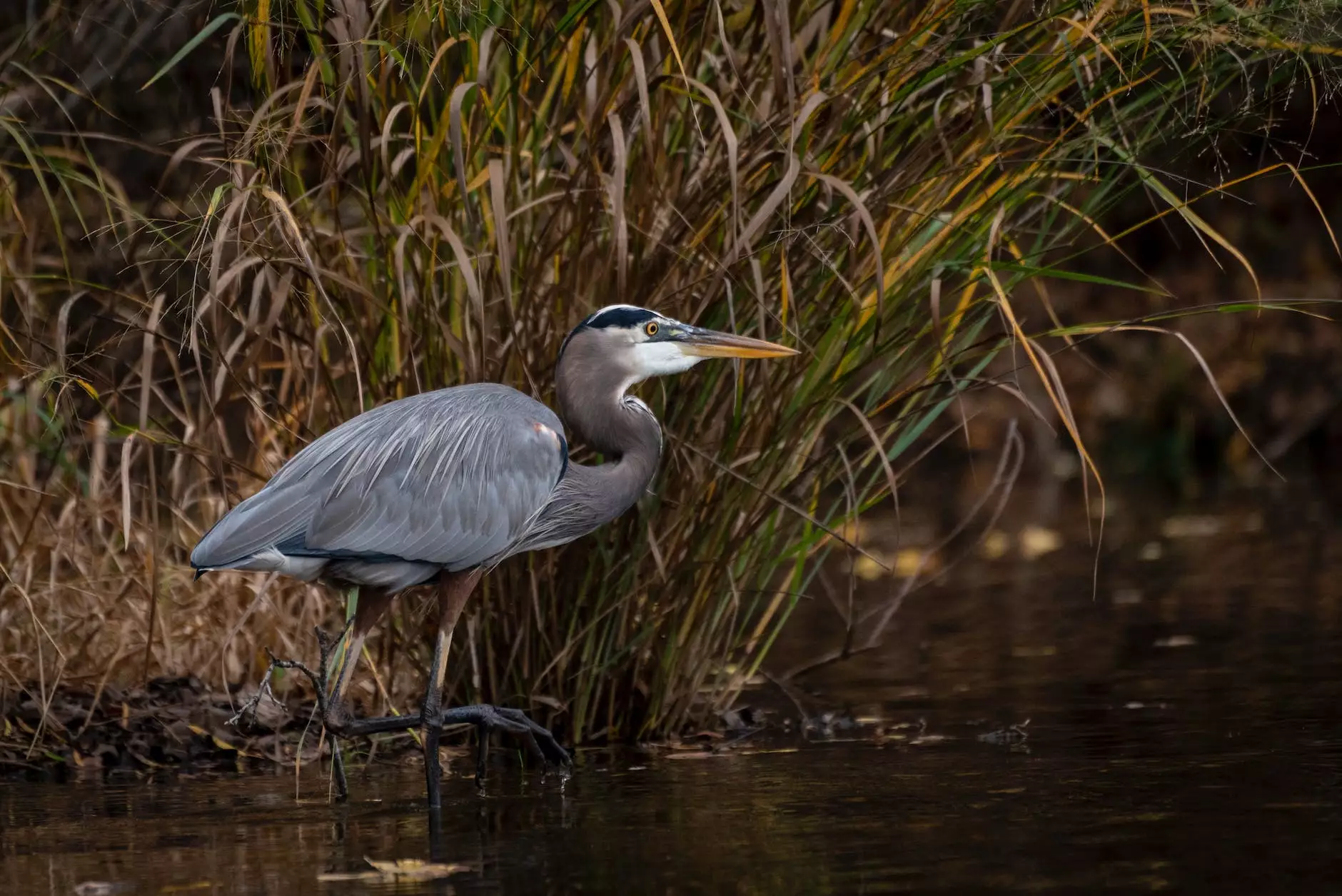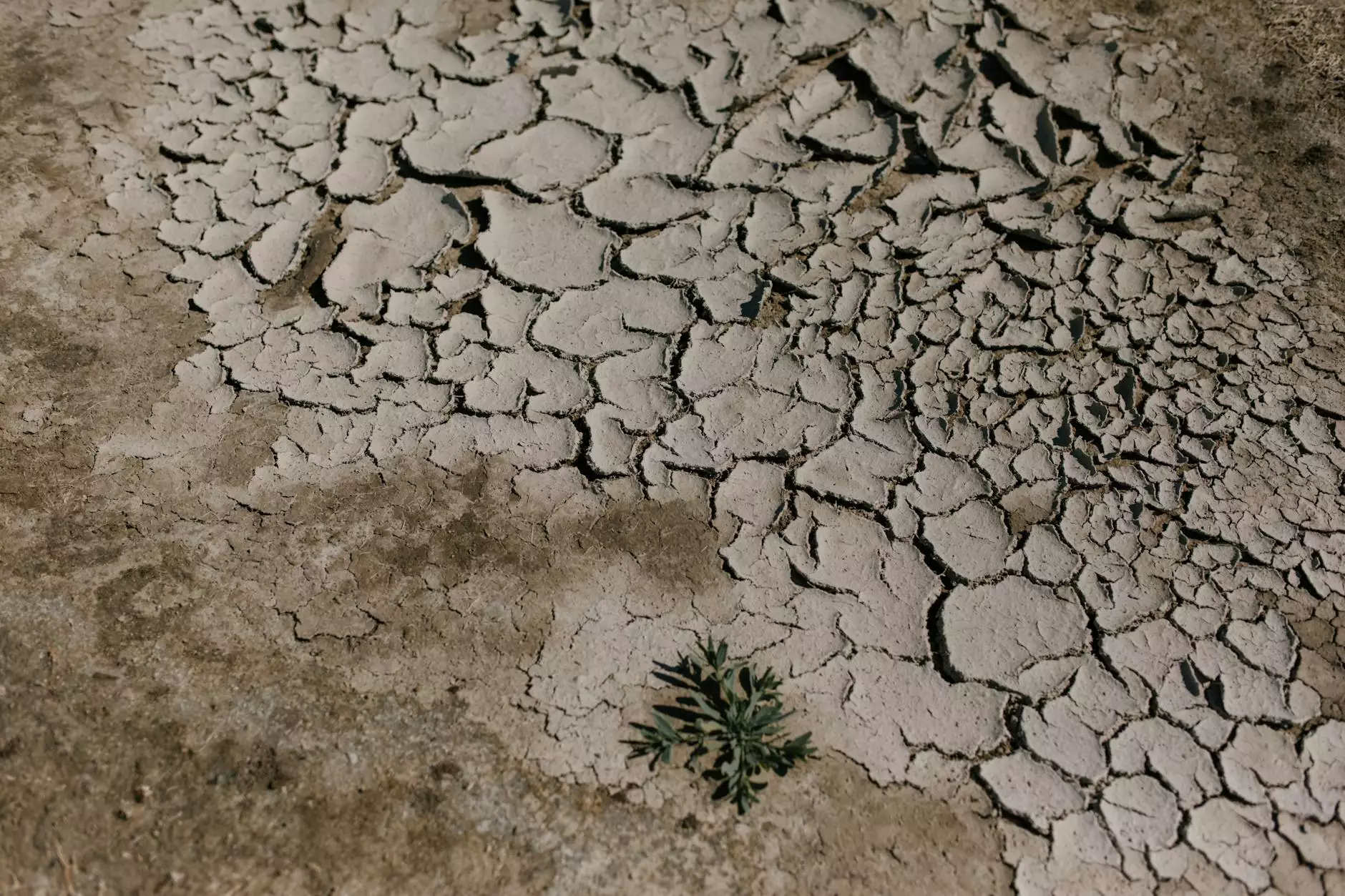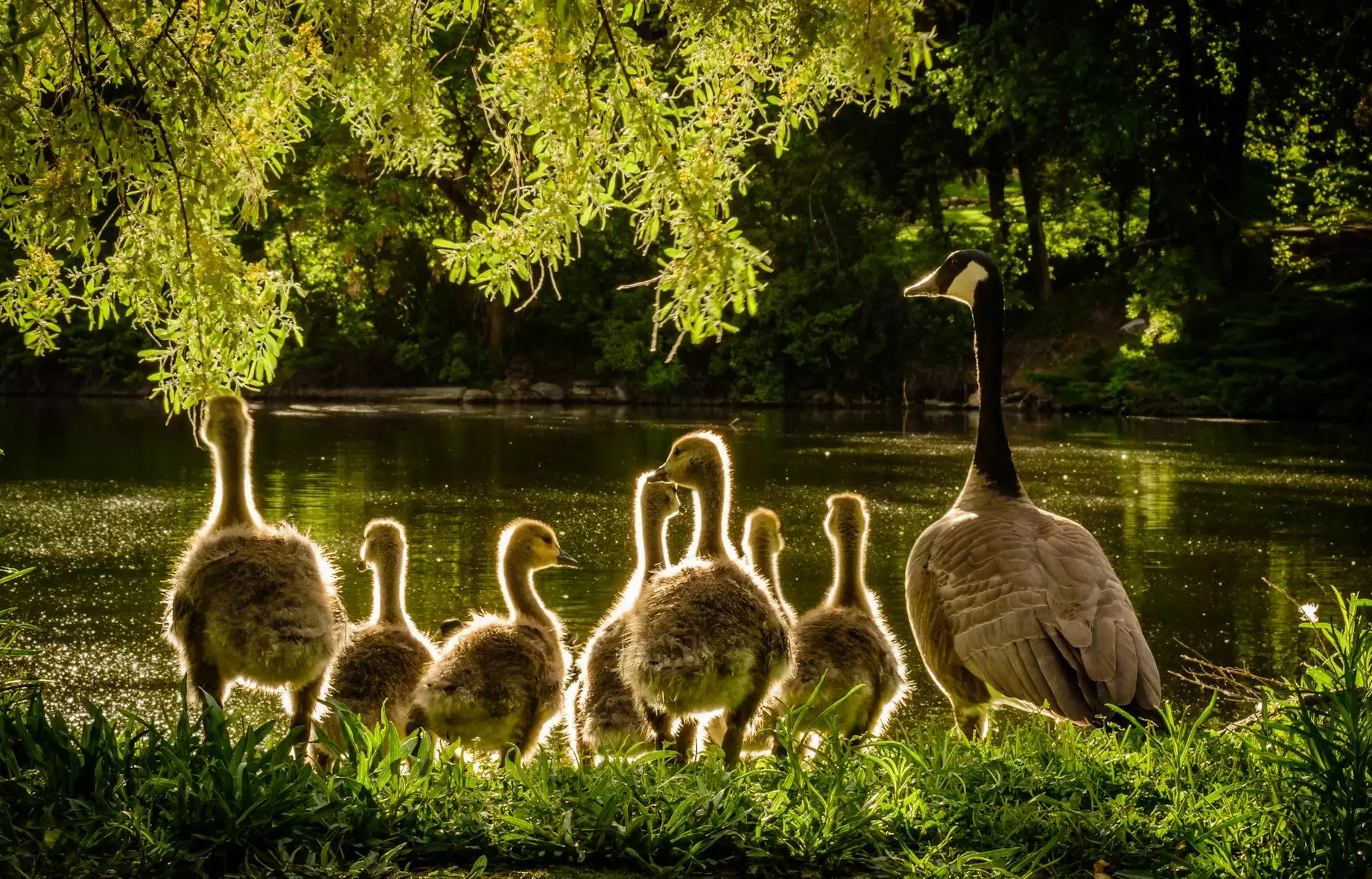A History of the Everglades - Wild Florida Blog
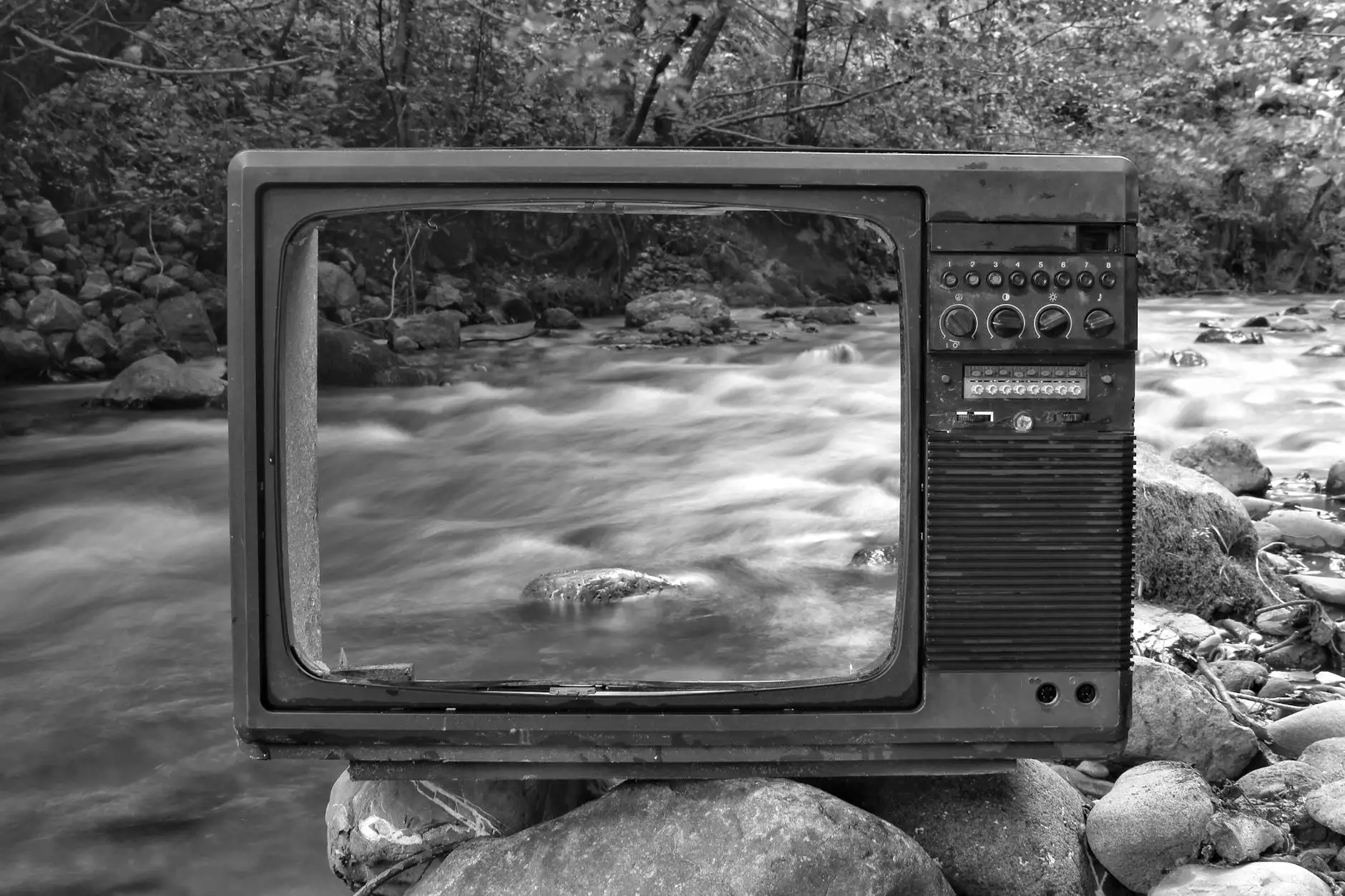
Introduction
Welcome to Aventuras Naturales, your ultimate guide to exploring the breathtaking beauty of the Everglades. As avid nature lovers and travel enthusiasts, we are excited to take you on a historical journey through this natural wonderland. Join us as we uncover the fascinating past of this unique ecosystem and discover why the Everglades deserves a top spot on your travel bucket list.
The Everglades: A Natural Gem
The Everglades, located in southern Florida, is a vast and diverse ecosystem spanning over 1.5 million acres. It is not only a designated UNESCO World Heritage Site but also an International Biosphere Reserve, showcasing its ecological importance on a global scale. This expansive wetland is a treasure trove of flora and fauna, containing diverse habitats such as marshes, mangroves, and sawgrass prairies.
Native American Influence
Before European settlers arrived, the Everglades was home to indigenous tribes, primarily the Miccosukee and Seminole peoples. These Native American communities thrived in harmony with the land, relying on the natural resources the Everglades provided for sustenance, shelter, and spiritual beliefs. Exploring the rich cultural heritage and traditions of these tribes adds a unique dimension to your Everglades journey.
Explorers and Pioneers
The first documented European exploration of the Everglades can be attributed to the Spanish conquistadors, who encountered this remarkable landscape in the early 16th century. Over time, explorers, including notable figures like William Bartram and John James Audubon, ventured into the Everglades, recording their observations and contributing valuable insights into its diverse wildlife. These pioneers played a crucial role in raising awareness about the Everglades' natural wonders.
The Drainage and Development Era
In the 19th and early 20th centuries, the Everglades faced significant threats due to drainage and urban development projects. Efforts to reclaim land for agriculture and urban expansion caused extensive damage to this delicate ecosystem. However, conservationists and environmentalists emerged, advocating for the protection and restoration of the Everglades. Their dedication led to the establishment of Everglades National Park in 1947.
Environmental Challenges and Conservation Efforts
The Everglades continuously faces a multitude of environmental challenges, ranging from invasive species to water management issues. However, numerous organizations and government initiatives are working tirelessly to address these concerns and restore the Everglades' natural balance. Through research, habitat restoration, and public education, these conservation efforts aim to protect the Everglades' ecological integrity for future generations.
Exploring the Everglades Today
Modern-day visitors to the Everglades can experience the immense beauty and wonder of this natural paradise. From thrilling airboat rides across the marshes to peaceful kayaking adventures through mangrove tunnels, there are countless ways to immerse yourself in the Everglades' pristine landscapes. Don't forget to keep an eye out for iconic wildlife species such as alligators, manatees, and herons.
Conclusion
Embark on a remarkable journey through time as you explore the history of the Everglades with Aventuras Naturales. Whether you're captivated by the rich Native American heritage, the tales of brave pioneers, or the ongoing conservation efforts, the Everglades offers a fascinating tapestry of natural and cultural history. Book your adventure with us today and discover the true essence of the Everglades.



